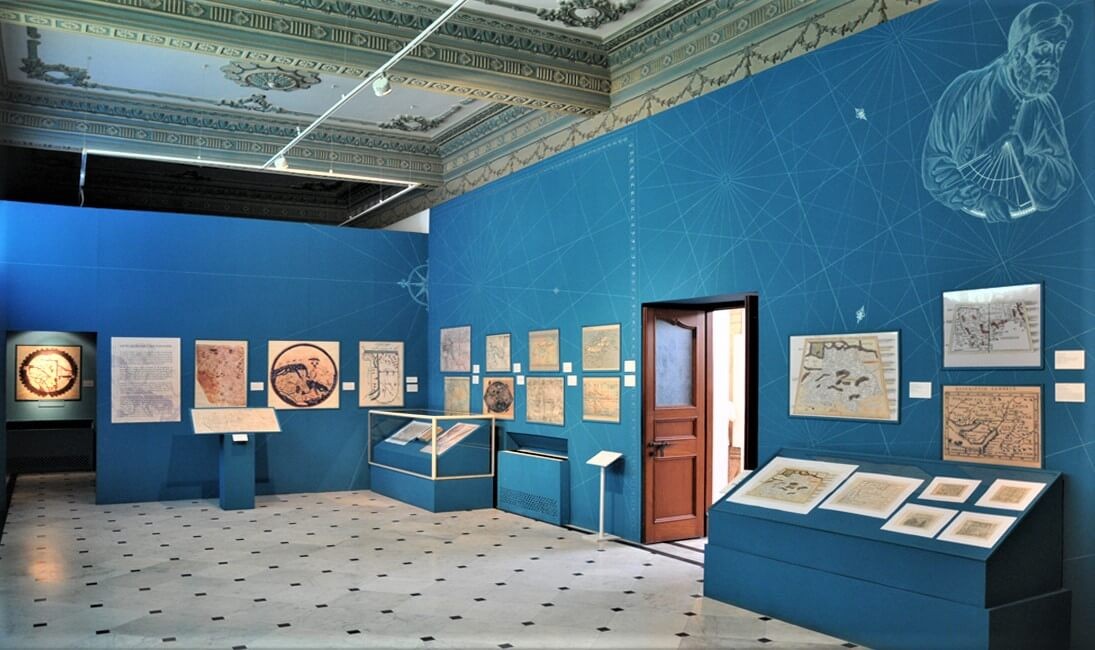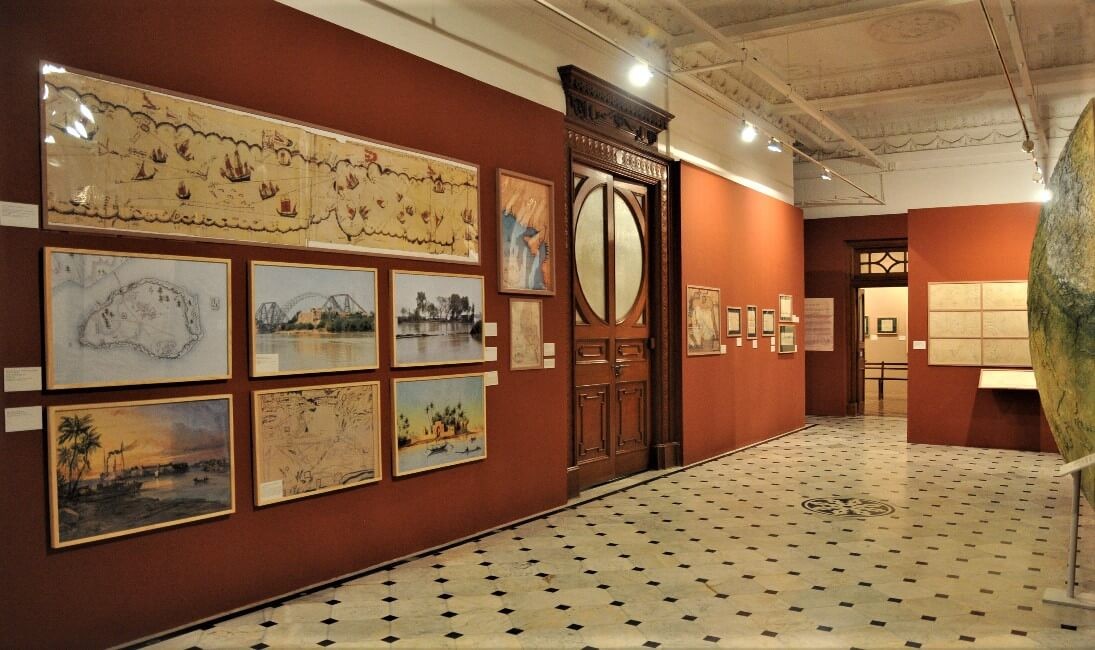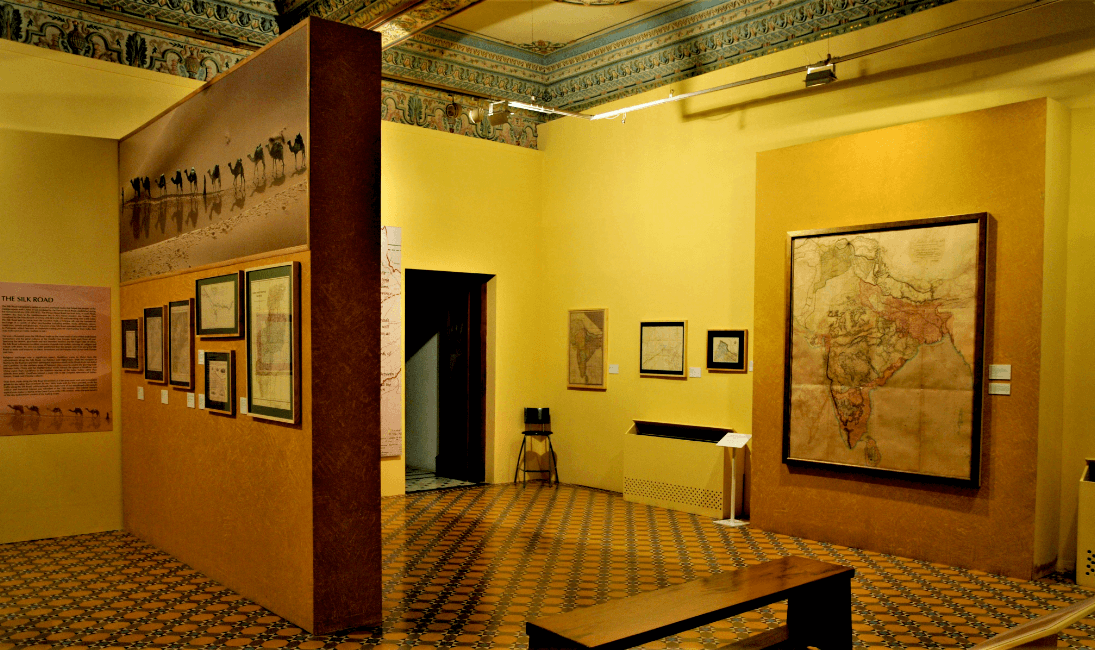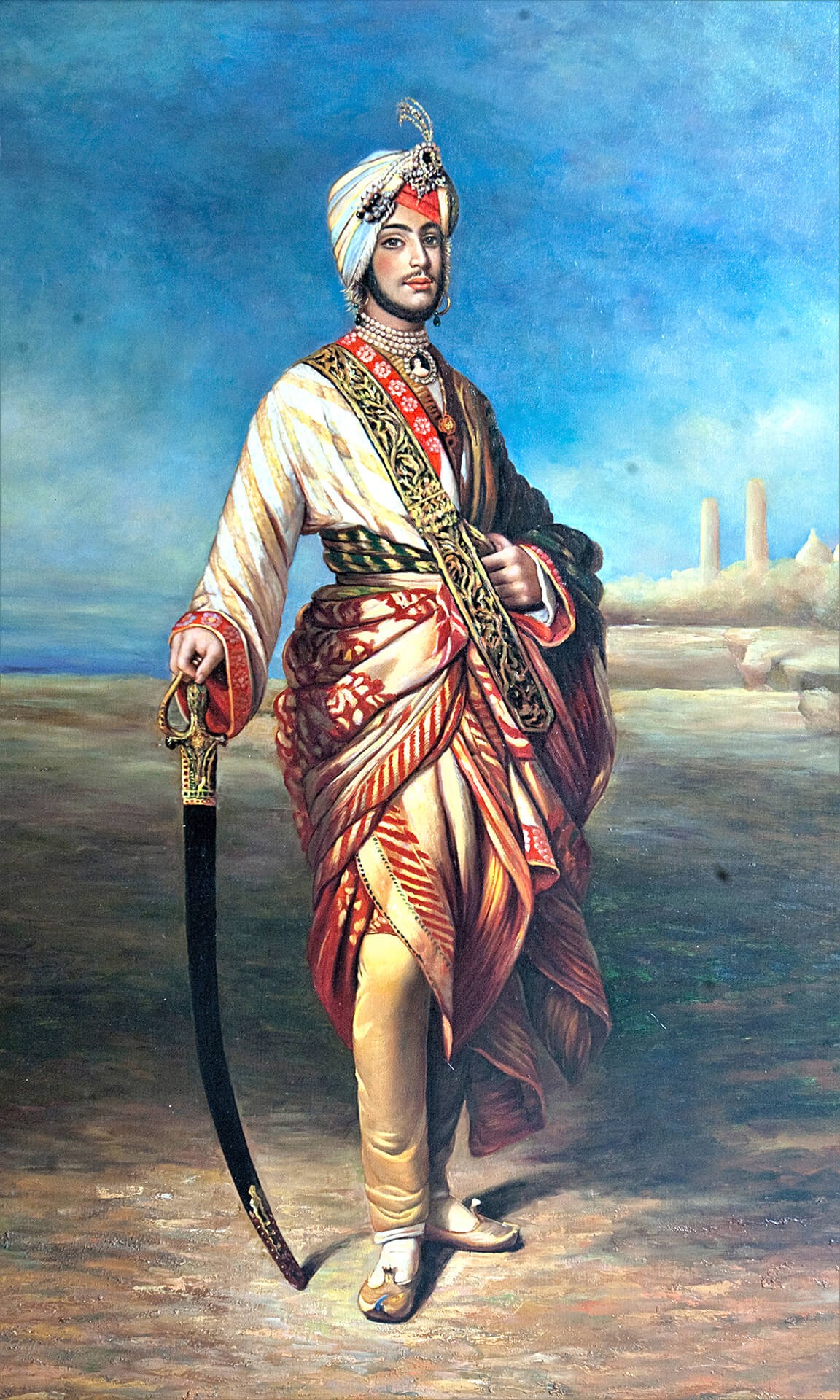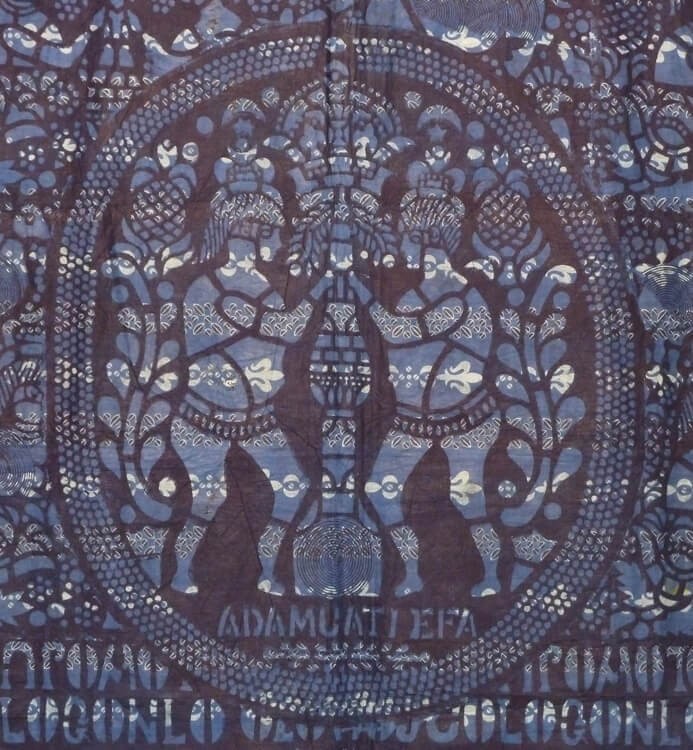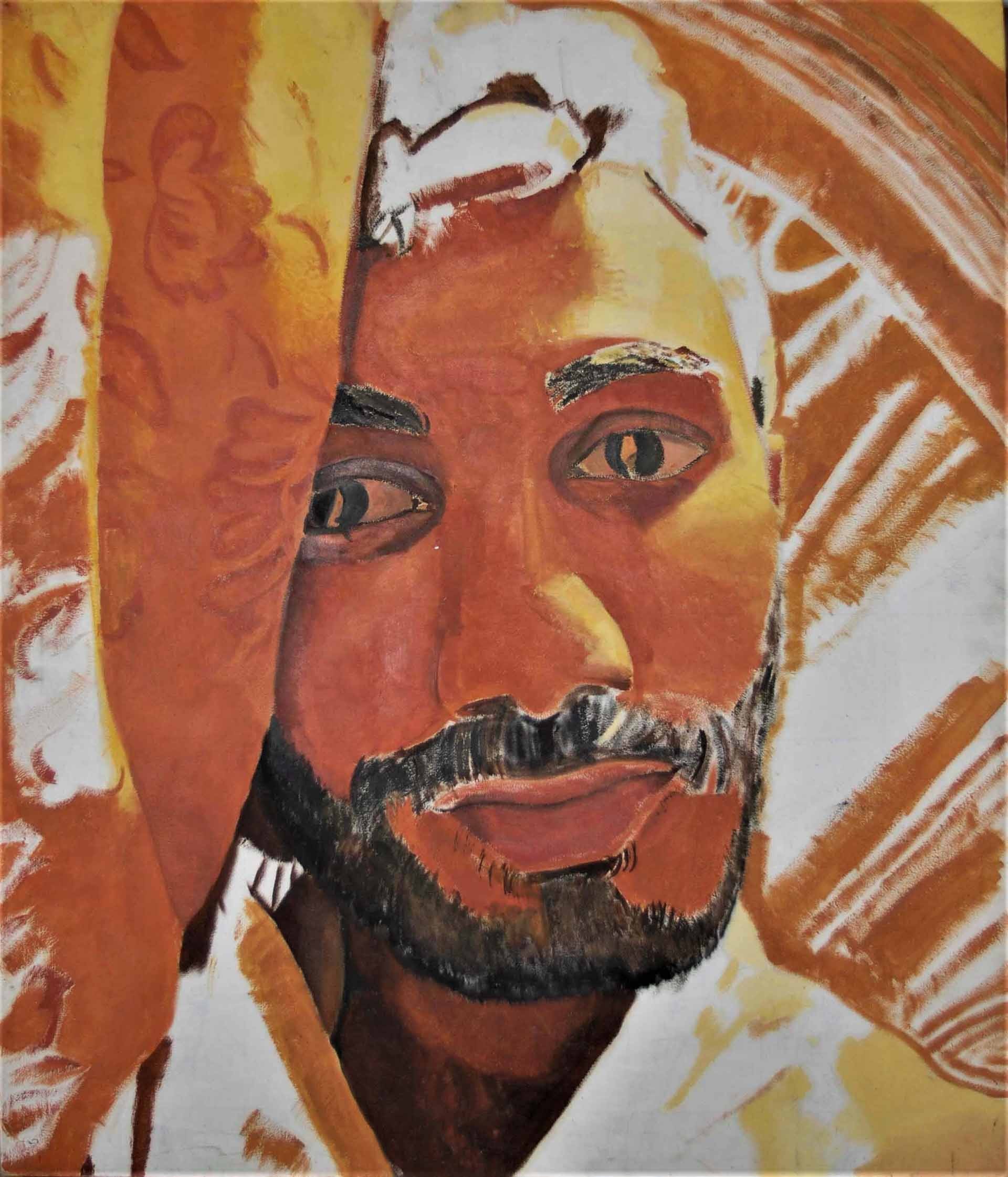May 16, 2014 - December 02, 2016
Drawing the Line: Rare Maps and Prints
Drawing the Line took as its point of departure, the notion that a history of the world can be plotted cartographically to relate untold stories and shed new light on our heritage. A corpus of historical maps showcased territories that make up a wide span of countries from Afghanistan to Burma and China to Pakistan. The displays demonstrated ways in which the concept of region and nationhood has evolved through the centuries. Original and reprinted maps obtained from various sources including The Illustrated London News, the Sindh Archives and private collections were placed in dialogue with a general history of cartography.
The exhibition opened with the seminal Decima Asie Tabula, printed in 1486. A documentary film on the Silk Road showcased the work of classical mapmakers and shed light on the history of the region, with etchings and lithographs from European explorers in South Asia as they sought to demarcate and gain new knowledge about the river Indus. At its conclusion, the exhibition had on display a copy of a letter written by Cyril Radcliffe in 1947 regarding the line of demarcation between India and Pakistan which read ‘ I am conscious that there are legitimate criticisms to be made of it: as there are, I think, of any other line that might be chosen ’. This was juxtaposed with a photograph of Mahatma Gandhi with Quaid-e-Azam Mohammad Ali Jinnah and a lithograph by Zarina Hashmi, an artist who shared her identity between India and Pakistan, showing the border between the two countries, titled The Dividing Line.

The end gallery was dedicated to the tools that were employed by individuals for map making, including geometric supplements and technical instruments. This section was specially curated keeping in mind young audiences –who responded exceedingly well, inspiring the Museum to keep the exhibit on view for an unprecedented four years. Special workshops were held with artists in order to engage young students through exercises in mapping their neighbourhoods as a means of contemporary story telling.

The exhibition reiterated the notion that ideas of status, power and knowledge were born and negotiated through the age old exercise of mapping –most simply, by Drawing the Line.
